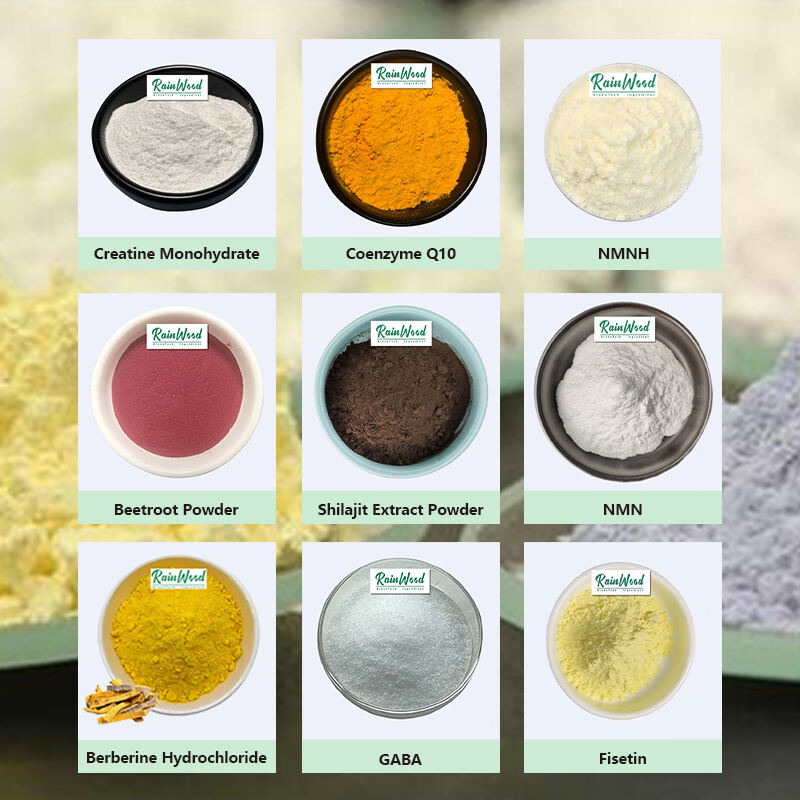Rm 218, Tangxing Digital Bld, #6 Tangxing Rd, Xi’an, Shaanxi, China +86 17791258855 [email protected]
| Product Name | Naringin dihydrochalcone |
| Grade | Food Grade |
| Certification | HACCP/ISO 22000/HALAL/IS0 9001 |
| Specification | 98%Pure |
| Appearance | White Powder |
| Delivery Time | 7 days |
| Nutrient Content | Vegan, Gluten-Free, Non-GMO, Natural |
| Shelf Life | 2 Years |
| Storage | Cool Dry Place |
Naringin, a flavonoid present in citrus fruits like oranges and grapefruits, is the source of naringin dihydrochalcone (NHDC), a natural, high-intensity sweetener. It is made by hydrogenating naringin, which yields a white to off-white crystalline powder with a very sweet flavor that is 1,500–2,000 times sweeter than sucrose and has very few calories.


|
Naringin Dihydrochalcone Powder |
Naringin Dihydrochalcone Liquid |
|
Naringin Dihydrochalcone Tablet |
Naringin Dihydrochalcone Capsules |
|
Naringin Dihydrochalcone Baking Mixes |
Naringin Dihydrochalcone + Fiber Gummies |
Ultra-High Sweetness with Zero Calories: An advantage over less effective natural sweeteners like erythritol, NHDC's sweetness intensity (1,500–2,000x sucrose) permits minimum usage, lowering formulation costs while enabling zero- or low-calorie products.
Superior Stability: NHDC is stable in high-temperature processing (baking, pasteurization) and throughout pH ranges, which broadens its use in a variety of manufacturing scenarios. This is in contrast to many natural sweeteners (such as stevia, which breaks down at high temperatures).
Clean Taste Profile: NHDC improves product palatability and lessens the need for extra flavor maskers by eliminating the bitter or metallic aftertastes typical of artificial sweeteners (such saccharin) or some natural substitutes.
Dual Function: Unlike single-purpose sweeteners, it adds value by masking off-flavors in medications, vitamins, and functional foods in addition to sweetening.
Natural Origin and Compliance with Regulations: Made from citrus, it satisfies customer desire for natural ingredients and conforms with stringent international regulations (FDA, EFSA), making it easier to enter markets than synthetic alternatives that are subject to more stringent examination.
Cost-Effectiveness: Compared to less concentrated natural sweeteners, it is more cost-effective due to its high potency, which decreases per-serving costs, and its stability, which lowers manufacturing losses during processing.
Alignment with Health Trends: Encourages the development of diabetic-friendly, low-sugar, and weight-management product lines in response to the growing demand from consumers for healthier substitutes for refined sugars.